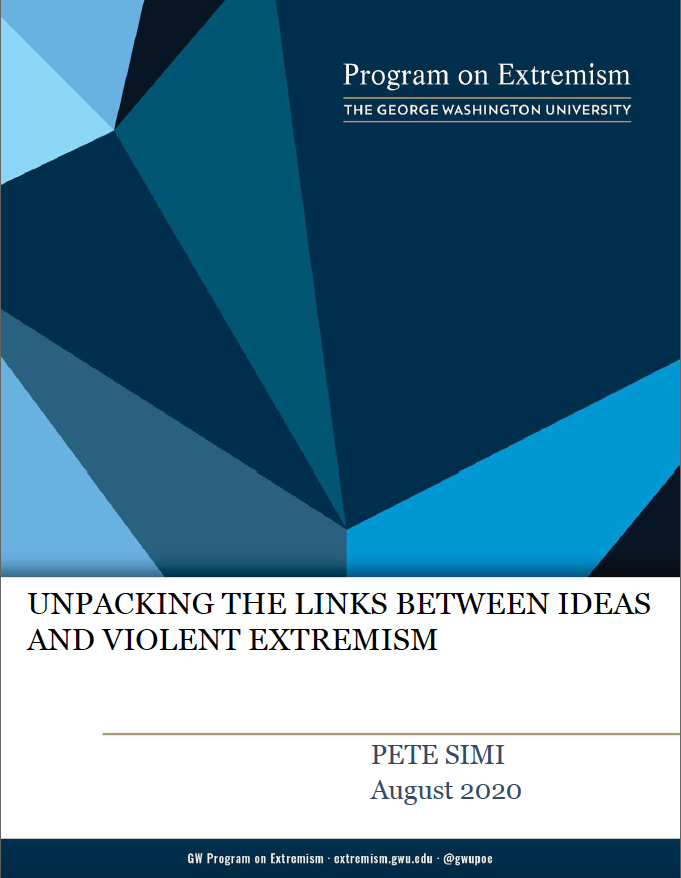During the past two decades, much of our research has focused on right-wing extremist violence and the cultural dimensions that give rise to and help sustain the personal and collective identities at the core of any extremist movement. Right-wing extremism is fascinating, in part, because this type of violence has been overlooked and ignored despite an extensive history in the US and Europe. Of course, there have been important exceptions, but few would argue there is a substantial imbalance in the amount of attention and resources devoted to right-wing extremism as compared to Islamic extremism. In the wake of Charlottesville, the Pittsburgh synagogue shooting, and the New Zealand mosque attacks, however, the neglect of right-wing extremism has begun to change. Unfortunately, much of the recent attention suggests a degree of “newness” that is misleading and distorts the nature and long-term persistence of this problem both at home and abroad. Because of the longstanding invisibility, this essay explores the broader relationship between ideas and violence using the case of US right-wing extremism as a point of focus.
Our research has involved sitting on death row talking with individuals convicted of white supremacist and anti-government violence about their life histories and extremist beliefs, spending long hours attending group meetings and other gatherings like neo-Nazi music festivals, and living with families committed to raising the next generation of right-wing extremists.3 We have also conducted intensive semi-structured life history interviews with over 100 former white supremacists gathering in-depth information regarding their childhood, adolescence, and adult lives. These interviews provide detailed portraits of pathways into and out of extremism as well as the character of their involvement including whether the person directly participated in violence and, if so, the nature of that violence.


